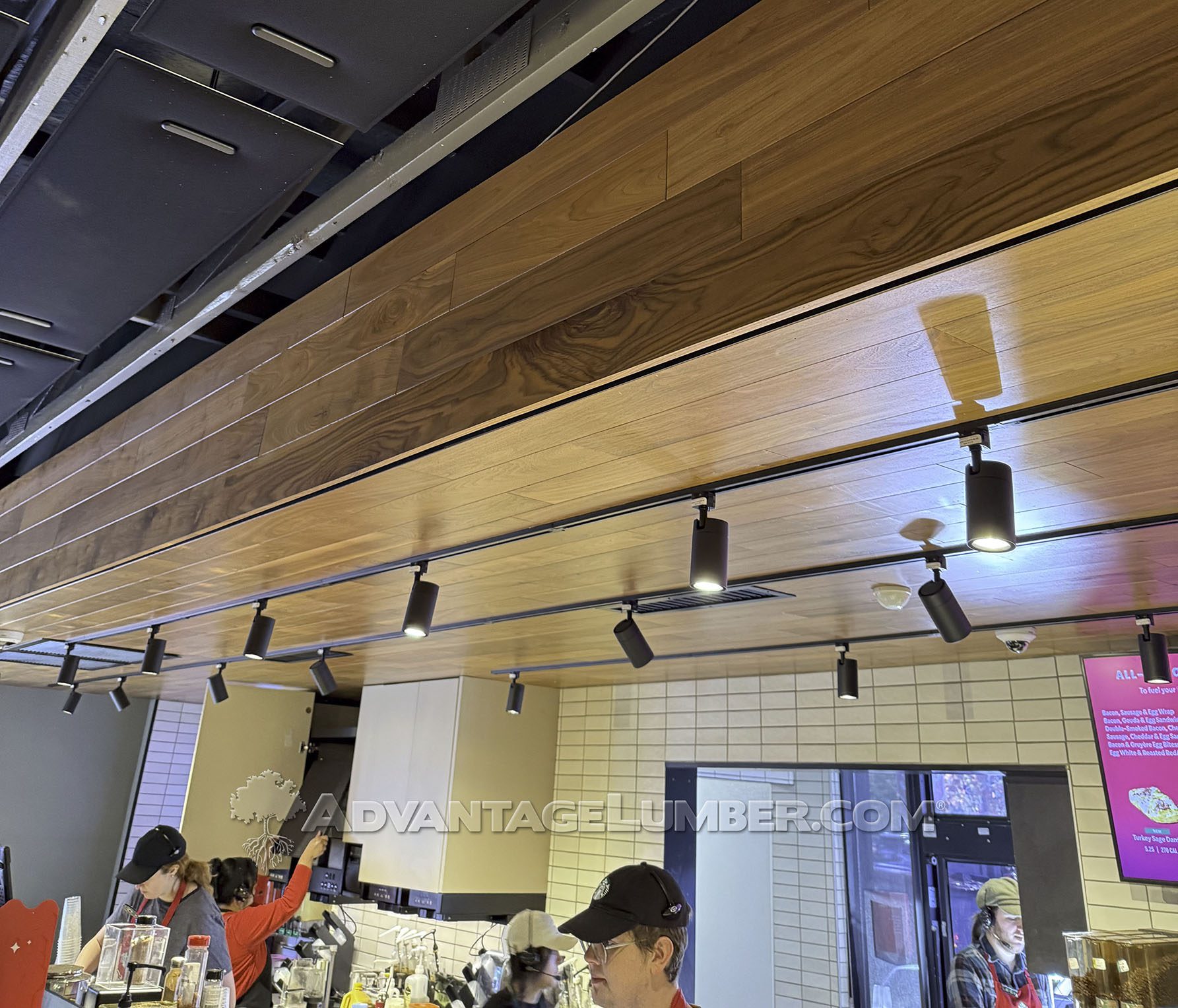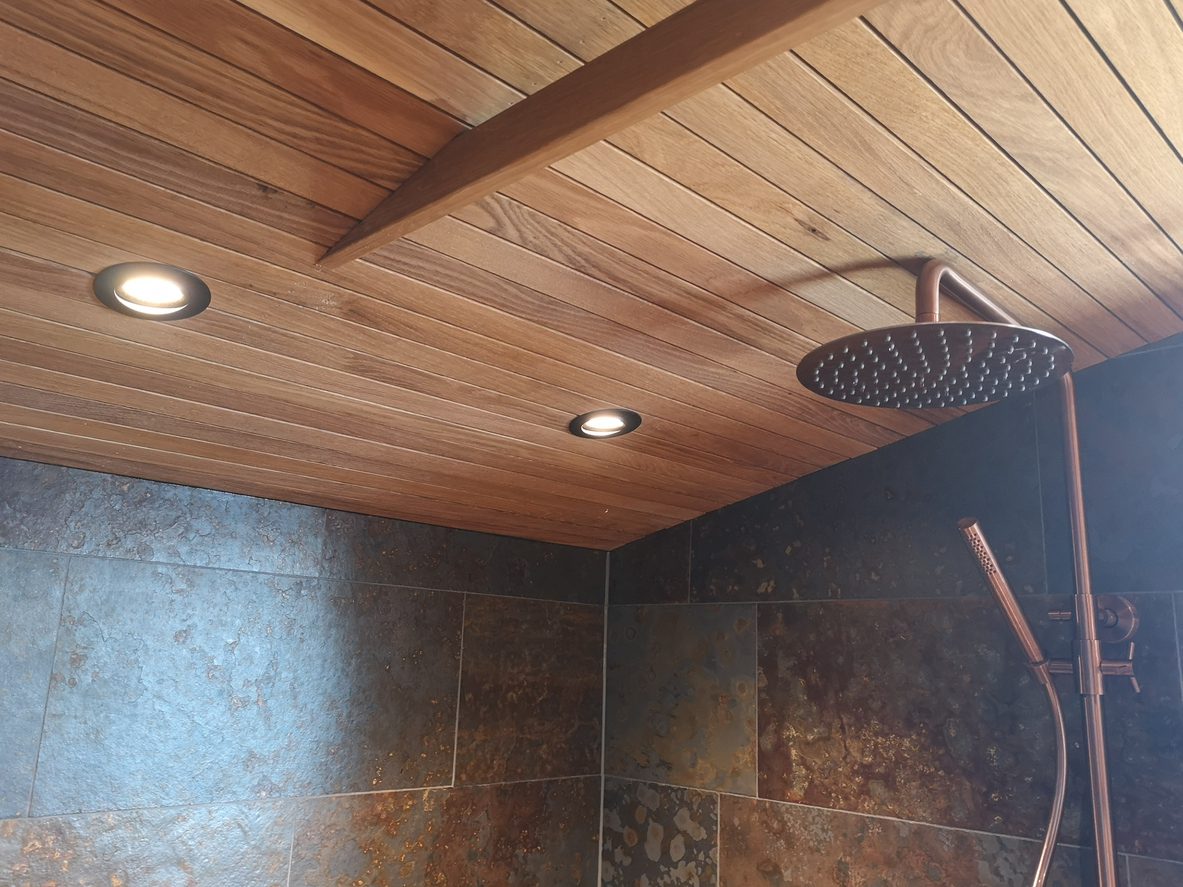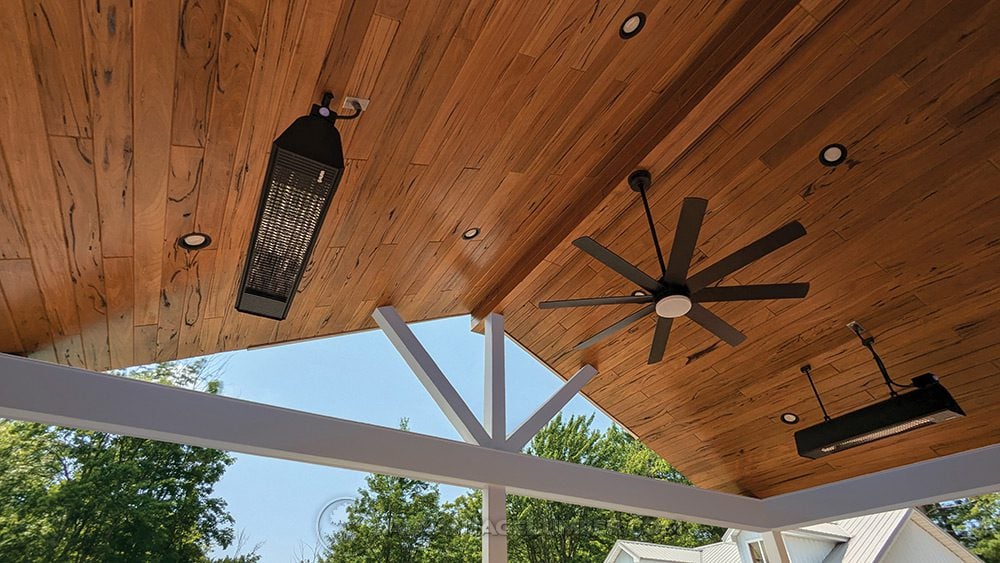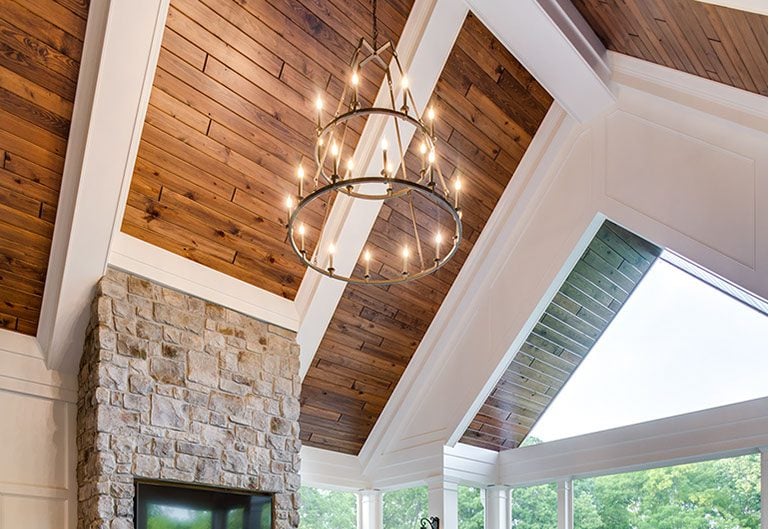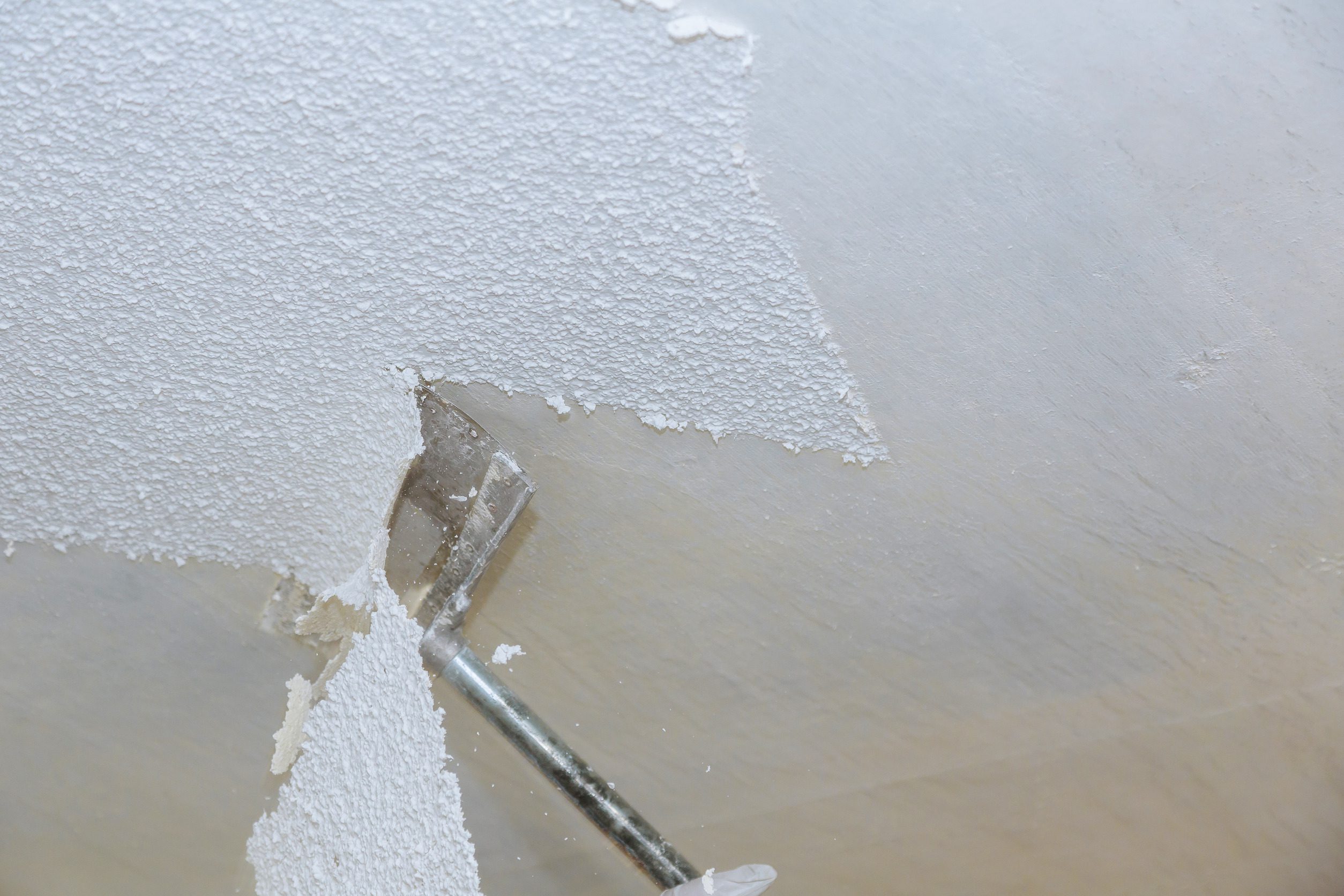Can You Put Wood Flooring Over Drywall?
When most people hear “wood flooring,” they picture on the floor where you see wood planks stretching across a dining room or hallway. But here’s a question that’s sparking curiosity: can you put wood flooring over drywall? The answer is a resounding yes, and it’s not just a quirky one-off idea. In fact, using wood …
